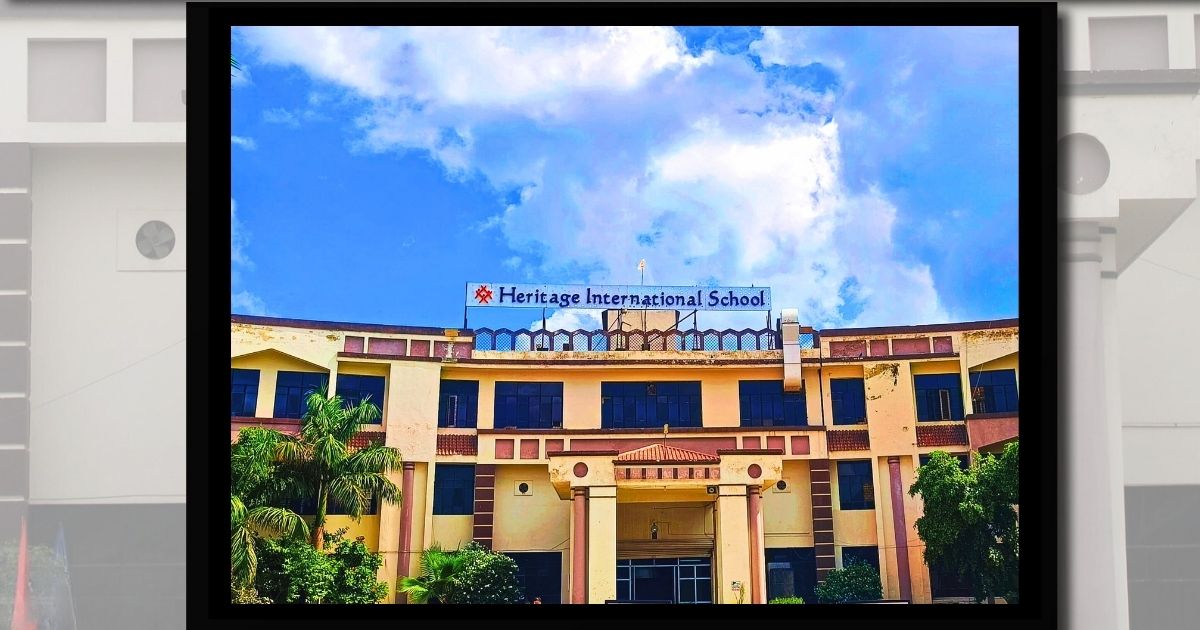
- On August 11, 2025
- By admin
- Tags Aligarh top budget friendly school, Aligarh Top CBSE Affiliated School, Aligarh Top CBSE School, Aligarh's Badhiya CBSE School, Badhiya CBSE School in Aligarh, Badhiya School, Best 10+2 School in Aligarh, Best All Rounder School, Best all-rounder School in Aligarh, best budget friendly school, best budget friendly school in Aligarh, Best Budget School in Aligarh, Budget Friendly Education, Budget Friendly Education in School, budget friendly school, Budget Friendly School in Aligarh, top budget friendly school
Impact of the US 50% Tariff on India
Impact of the US 50% Tariff on India
Challenges and Strategies for Strengthening the Education Sector The imposition of a 50% tariff by the United States on Indian exports has far-reaching implications beyond trade and industry. While the immediate effects are economic, the education sector stands to face indirect yet significant challenges. This paper examines the potential impacts of this tariff on India’s education system and proposes actionable strategies to mitigate adverse effects, ensure quality, and leverage the crisis as an opportunity for innovation and self-reliance.
𝗜𝗻𝘁𝗿𝗼𝗱𝘂𝗰𝘁𝗶𝗼𝗻
Economic policies between nations often create ripple effects that influence multiple sectors. The recent tariff by the United States has the potential to weaken India’s export earnings, disrupt economic stability, and impact government and private spending. Education, as a sector dependent on both domestic funding and global collaboration, could experience setbacks in quality, accessibility, and global competitiveness.
Potential Impacts on the 𝗘𝗱𝘂𝗰𝗮𝘁𝗶𝗼𝗻 𝗦𝗲𝗰𝘁𝗼𝗿
Funding Constraints
Reduced export revenue could limit government budgets for education, delaying infrastructure upgrades, scholarship programmes, and technology integration.
Increased Cost of Imported Educational Resources
Tariffs may indirectly inflate prices for imported lab equipment, educational software, books, and specialized training materials, especially in higher education and research.
Curtailment of International Collaborations
Economic instability may reduce the feasibility of student exchange programmes, faculty collaborations, and joint research projects with US institutions.
Technology Gaps
The education sector, particularly STEM education, relies heavily on foreign technology. Increased costs or limited access could slow innovation and digital learning expansion.
Risk to Equity in Education
Funding shortages and rising costs may deepen disparities between urban and rural institutions, further marginalising underprivileged students.
Strategies to Overcome the Impacts
Diversification of Funding Sources
- Encourage public–private partnerships to share the cost of infrastructure and innovation.
- Mobilise CSR (Corporate Social Responsibility) funds toward education development.
Domestic Production of Educational Tools
- Promote indigenous manufacturing of lab equipment, digital platforms, and learning resources to reduce import dependence.
- Provide incentives for EdTech startups to develop affordable, India-centric solutions.
Curriculum and Pedagogical Innovation
- Introduce low-cost, high-impact teaching methods that rely more on critical thinking and problem-solving than expensive tools.
- Integrate open-source digital resources into classrooms.
Strengthening Digital Infrastructure
- Expand broadband access to rural areas to support e-learning.
- Provide government-subsidised devices for students from low-income families.
International Diversification
- Expand academic and research collaborations beyond the US to regions like the EU, East Asia, and Africa.
- Build South–South cooperation to share resources and expertise.
Uplifting the Education Sector Amid Economic Strain
Instead of merely defending against economic challenges, India can leverage the tariff crisis to accelerate reforms:
- Develop a self-reliant educational ecosystem that meets global standards without over-reliance on imports.
- Strengthen teacher training programmes to ensure that even low-resource schools maintain high instructional quality.
- Foster innovation hubs in universities to create solutions for local and national challenges.
By combining fiscal prudence, technological self-sufficiency, and strategic international partnerships, India can not only sustain but also elevate its education sector during economic headwinds.
𝗖𝗼𝗻𝗰𝗹𝘂𝘀𝗶𝗼𝗻
While the US tariff poses significant challenges to India’s economic landscape, it also presents an opportunity for transformation in the education sector. Through strategic planning, innovation, and resilience, India can maintain global competitiveness and ensure that its students continue to receive world-class education despite external economic pressures.
